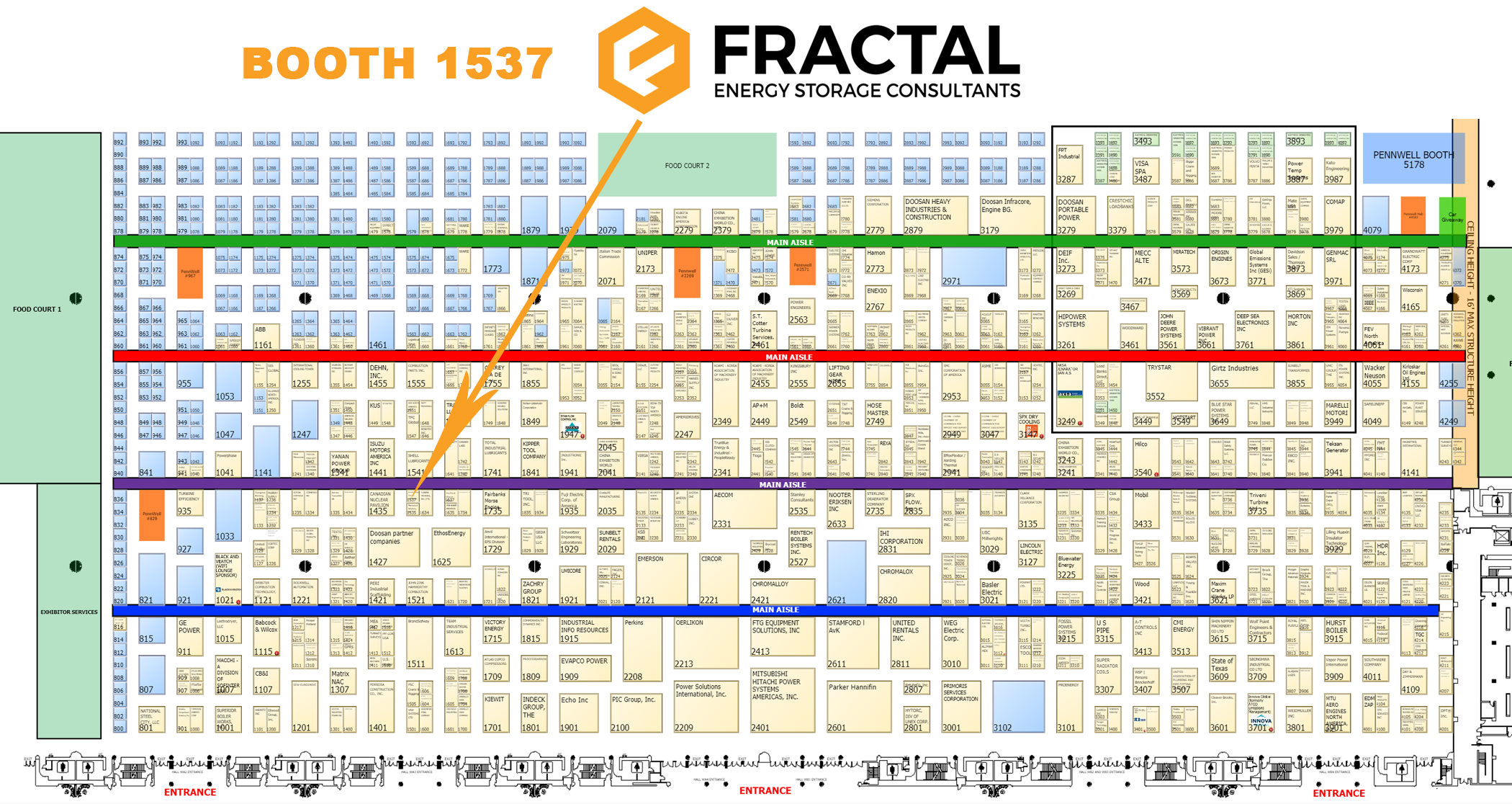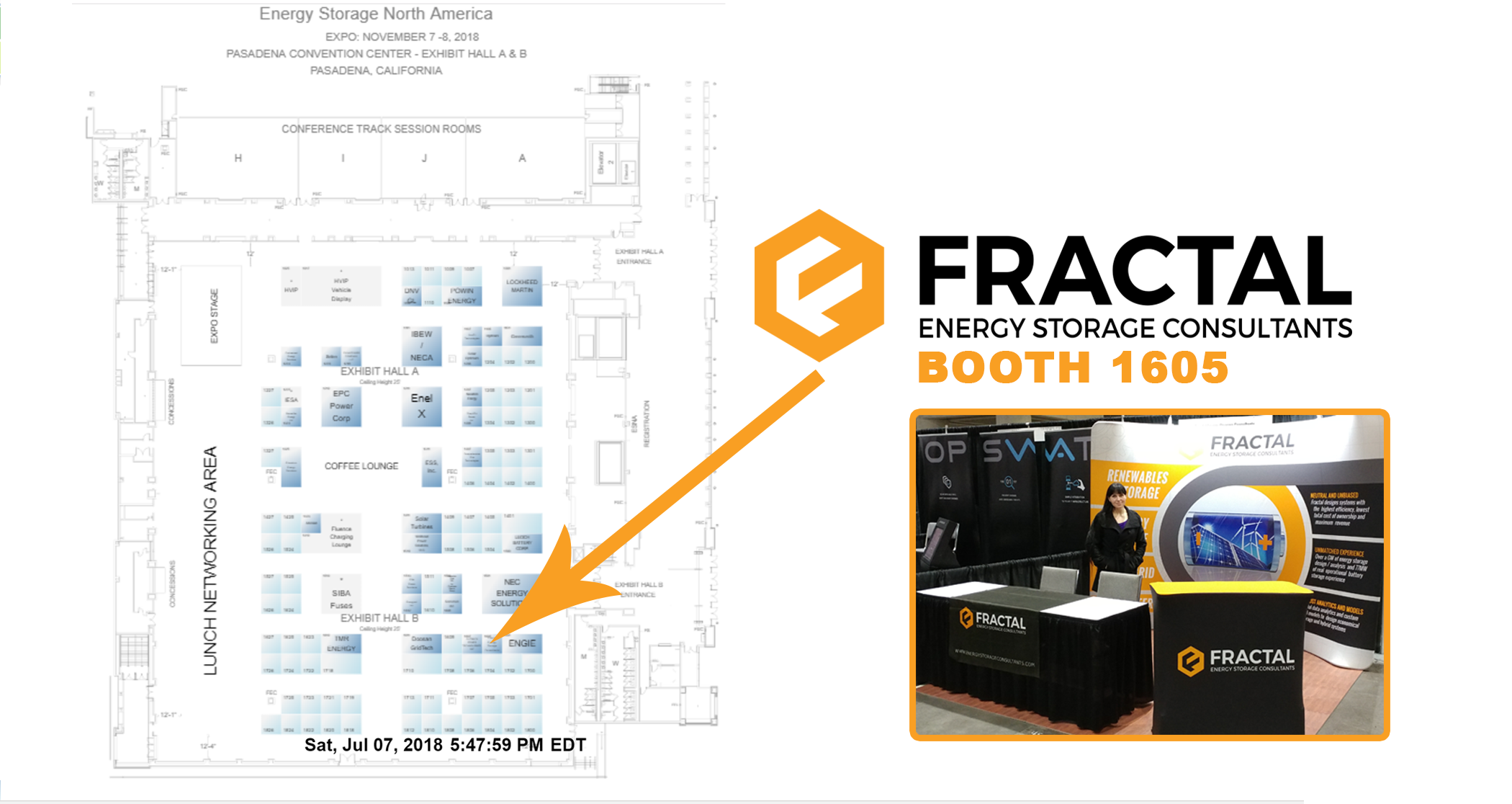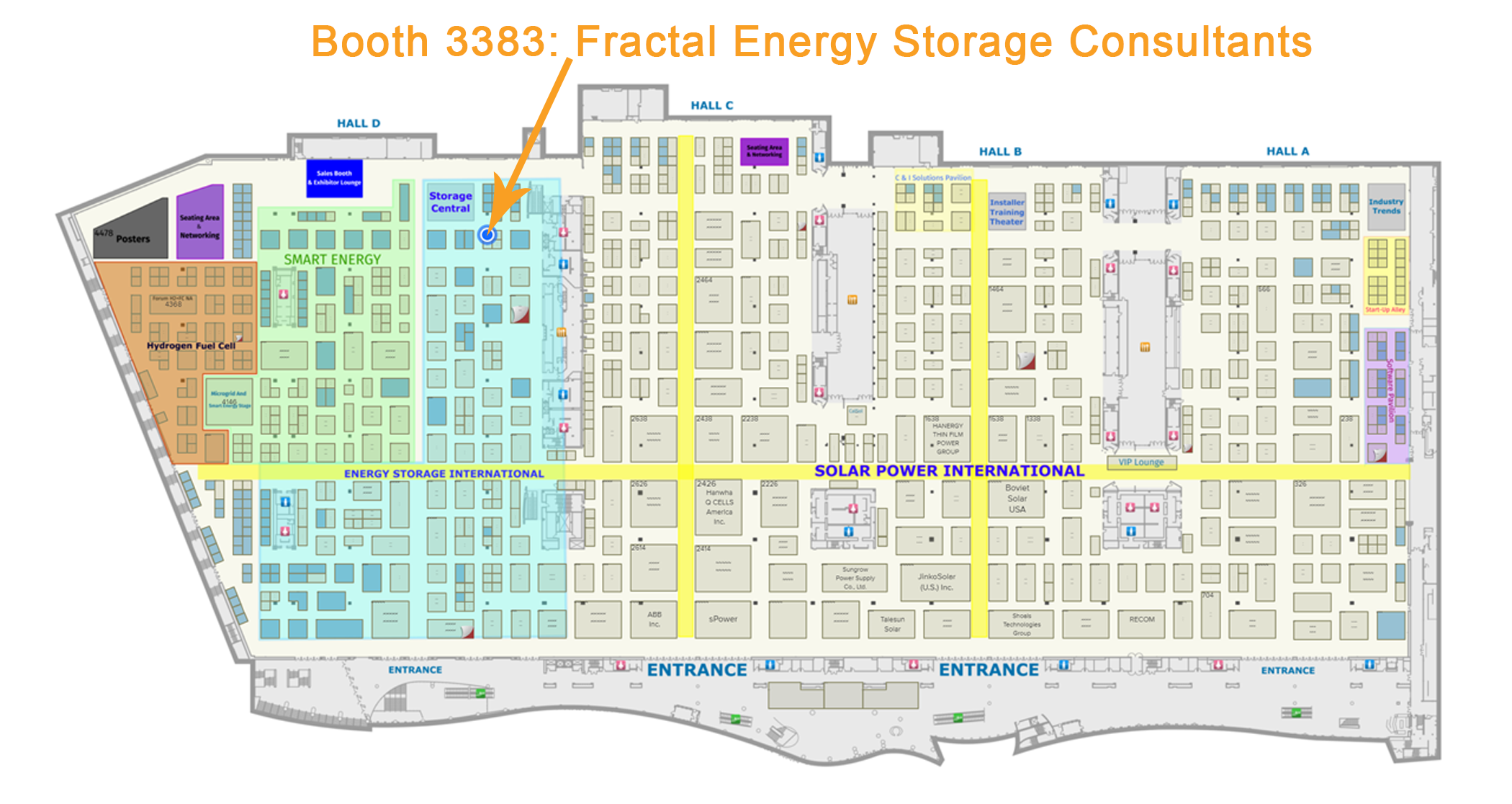 Over one thousand days is a long time to spend on any number of things, let alone a single project for a commercial & industrial (C&I) customer. But when planning and building the largest commercial battery system using second-life and new modules in Europe, and when the customer in question happens to be the most successful club in the history of Dutch football, it seems that is the amount of time needed.
Over one thousand days is a long time to spend on any number of things, let alone a single project for a commercial & industrial (C&I) customer. But when planning and building the largest commercial battery system using second-life and new modules in Europe, and when the customer in question happens to be the most successful club in the history of Dutch football, it seems that is the amount of time needed.
We know this thanks to the completion of the 3MW/2.8MWh energy storage system launched at Amsterdam’s Johan Cruyff ArenA last week, a project long in preparation and open now to great fanfare by the project partners.
Home to Ajax football club of the Dutch Eredivisie, the stadium hosts around 15 league home games a season as well as international ties, European cup encounters and a range of non-sporting events throughout the year. Keeping the lights on during these high profile events is of paramount importance, and offers the perfect application of energy storage.
The system – brought together by a power electronics company, a car company, an aggregator, a sustainable construction firm, and an arena – offers a new energy paradigm for the stadium. Charged from the 1MWp solar on the roof as well as some grid supply, the battery’s primary function is to provide uninterruptable back-up power to the venue.
The battery, charged to 100% for such events, can be called on to provide full power to the ArenA for one hour during a major event with maximum energy intake, or three hours if dispensable consumers (e.g. kitchen facilities) are disconnected.
Comprised of 250 second life battery packs with 340 first life battery modules from Nissan, controlled by four bi-directional inverters from Eaton and managed by a control system from The Mobility House, the system can also perform peak shaving during these high demand events to limit the impact on a constrained local grid system.
When not providing these functions, the system is leveraged to perform frequency regulation by charging or discharging batteries based on grid operator requests. Using its own generation from onsite solar, the system can also trade energy on the wholesale market while supporting the grid.
This kind of stack will be familiar to some but according to Henk van Raan, director of innovation at the Johan Cruyff ArenA, it offers specific advantages to the location.
read more


 Event Website:
Event Website:  Event Website:
Event Website:  Over one thousand days is a long time to spend on any number of things, let alone a single project for a commercial & industrial (C&I) customer. But when planning and building the largest commercial battery system using second-life and new modules in Europe, and when the customer in question happens to be the most successful club in the history of Dutch football, it seems that is the amount of time needed.
Over one thousand days is a long time to spend on any number of things, let alone a single project for a commercial & industrial (C&I) customer. But when planning and building the largest commercial battery system using second-life and new modules in Europe, and when the customer in question happens to be the most successful club in the history of Dutch football, it seems that is the amount of time needed.



